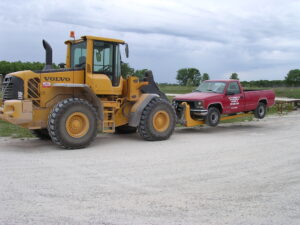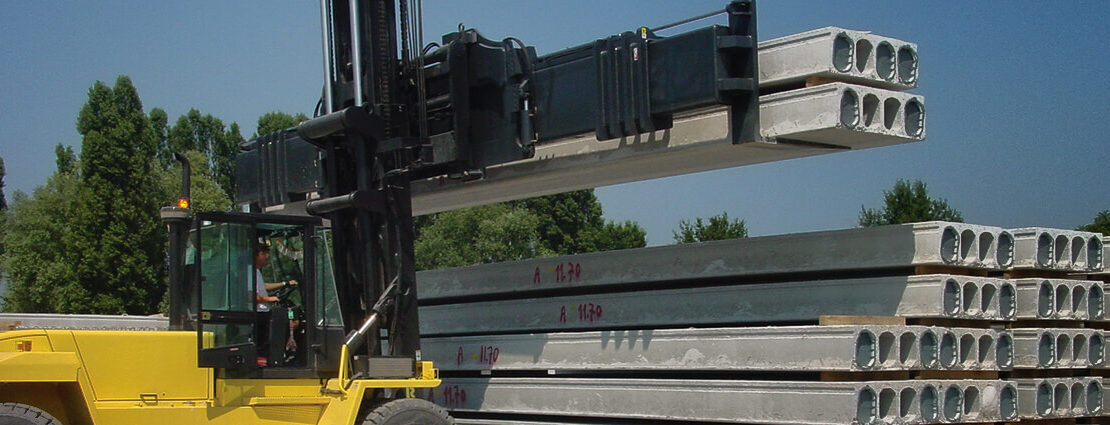In the fast-paced realm of material handling and construction, the choice between a forklift and a front loader becomes a pivotal decision, demanding a thorough understanding of their respective functionalities and applications. These two heavy-duty machines are workhorses in their own right, each designed to tackle specific challenges in moving and transporting materials. As we navigate through the intricacies of forklifts and front loaders, it becomes apparent that the key to operational success lies in selecting the most suitable equipment for the task at hand.
Forklifts, with their distinctive forks and hydraulic lifting capabilities, are unparalleled when it comes to efficiently moving palletized goods within confined spaces. Commonly used in warehouses and distribution centers, forklifts excel at stacking, organizing, and transporting loads with precision. Their ability to navigate narrow aisles and lift loads to significant heights makes them indispensable in environments where space optimization is paramount. Whether you’re dealing with pallets of goods in a storage facility or loading and unloading shipments from trucks, forklifts provide a level of versatility that is hard to match.

On the other hand, front loaders, characterized by their robust buckets and articulated steering, are a force to be reckoned with in outdoor settings and construction sites. Front loaders are adept at handling loose materials such as gravel, sand, or debris, making them the go-to choice for earthmoving and excavation tasks. The versatility of front loaders extends beyond mere material transport; their ability to scoop, lift, and dump loads with efficiency makes them invaluable for digging, grading, and landscaping operations. Whether you’re working on a construction site or managing a large-scale agricultural project, front loaders offer the power and agility required to tackle challenging terrains.
To determine the most suitable equipment for a particular job, it’s essential to consider the specific requirements of the task and the operational environment. Forklifts shine in indoor settings where precise maneuvering and lifting are crucial, while front loaders dominate outdoor spaces where rugged terrain demands a robust and adaptable machine. However, the decision-making process doesn’t end there; factors such as load capacity, fuel efficiency, maintenance requirements, and operator training should also be taken into account.
In the subsequent sections of this blog post, we will delve deeper into the unique features of forklifts and front loaders, exploring their advantages and limitations in various scenarios. By gaining a comprehensive understanding of these machines’ capabilities, operators and decision-makers can make informed choices, optimizing workflow efficiency and ensuring workplace safety. Join us as we unravel the intricacies of forklifts and front loaders, empowering you to navigate the challenging terrain of material handling with confidence.
Forklift vs Front Loader | What to use in certain situations?
This blog explores the pivotal choice between forklifts and front loaders in material handling and construction. Forklifts excel indoors with precise lifting, while front loaders dominate outdoor tasks with robust power. We delve into their features, strengths, and limitations, empowering decision-makers to optimize workflow efficiency and workplace safety. Discover the nuances of these heavy-duty machines to make informed choices in diverse operational scenarios.
